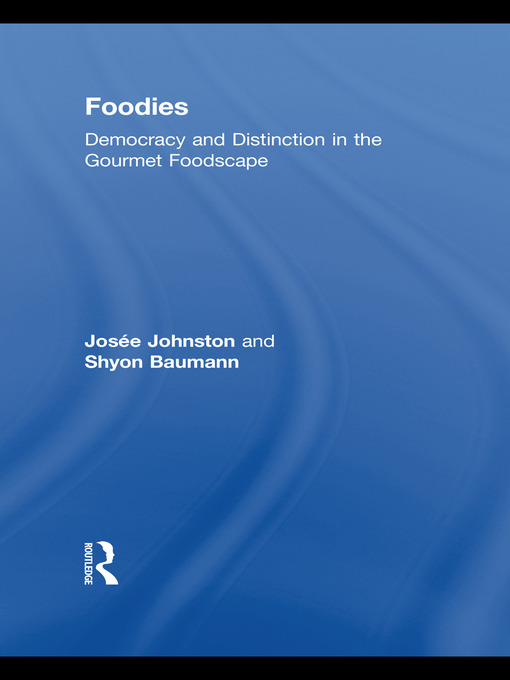This important new and highly readable cultural analysis tells two stories about food. The first depicts good food as democratic. Foodies frequent 'hole in the wall' ethnic eateries, appreciate the pie found in working-class truck-stops, and reject the snobbery of fancy French restaurants with formal table-service. The second story describes how food operates as a source of status and distinction for economic and cultural elites, indirectly maintaining and reproducing social inequality. While the first storyline insists that anybody can be a foodie, the second story asks foodies to look in the mirror and think about their relative social and economic privilege. By simultaneously considering both of these stories, and studying how they operate in tension, a delicious sociology of food becomes available, perfect for teaching a broad range of cultural sociology courses.
- Available now
- Mysteries Available Now
- Thrillers Available Now
- Fantasy Available Now
- Science Fiction Available Now
- New eBook additions
- New kids additions
- New teen additions
- Most popular
- Try something different
- See all
- Available now
- Mysteries Available Now
- Thrillers Available Now
- Fantasy Available Now
- Science Fiction Available Now
- All Audiobooks
- New audiobook additions
- New kids additions
- New teen additions
- Most popular
- Try something different
- See all
- NEW! Popular Magazines
- Food & Wine
- Newly Added Magazines
- News & Politics
- Fashion
- Hobbies & Crafts
- Celebrity
- Cars & Motorcycles
- Tech & Gaming
- Sports
- Home & Garden
- See all

